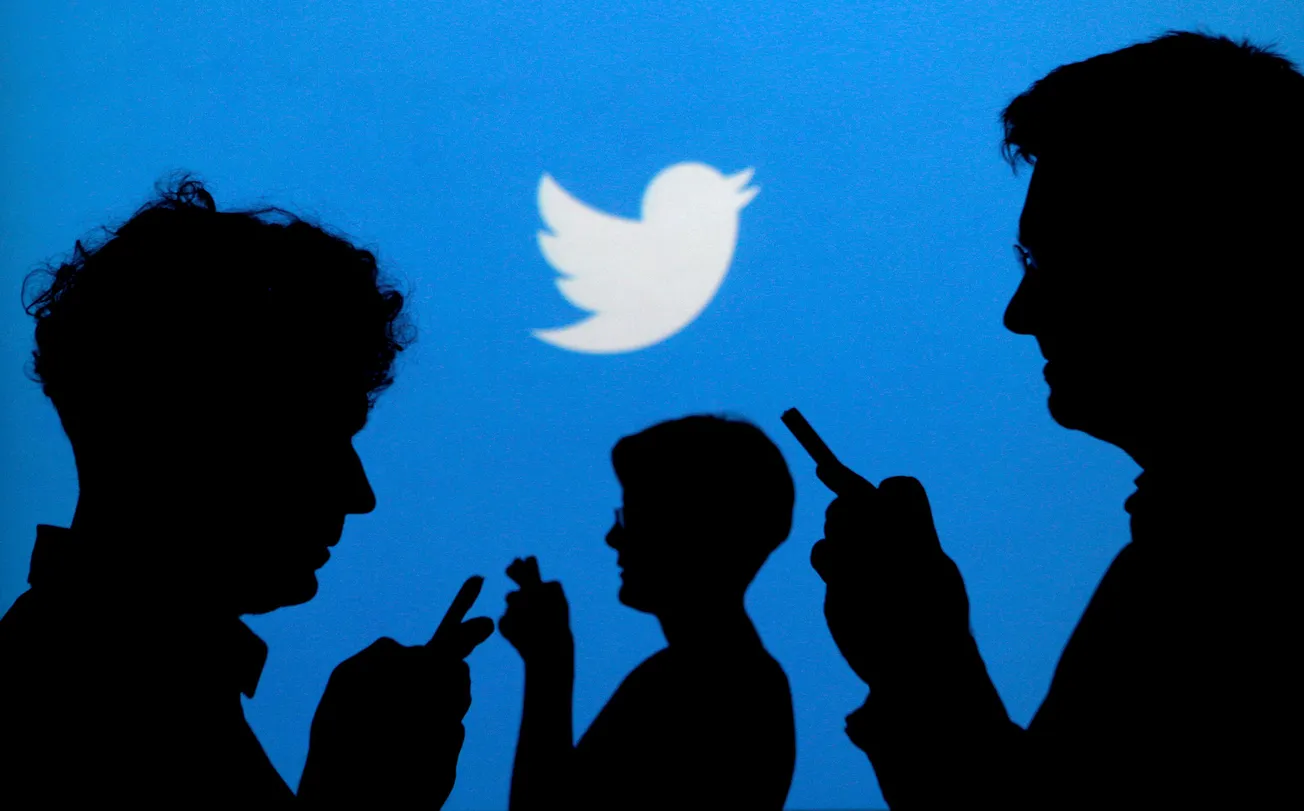Table of Contents
Dan Sanchez
fee.org
Dan Sanchez is the Director of Content at the Foundation for Economic Education (FEE) and the editor-in chief of FEE.org.
Elon Musk sealed the deal. On Monday, Twitter accepted Musk’s $44 billion offer to buy the company and take it private. Musk is putting down $21 billion in cash and financing the rest through new debt: a $13 billion buyout loan and a $12.5 billion margin loan against his stock in Tesla.
The market “speaks” with every exchange. What is the market saying here?
The fact that Elon Musk is the wealthiest person in the world and has $21 billion to spend in the first place speaks volumes. Musk predominantly earned that money as profit for investing in—and wages for managing—several massively successful companies, Tesla being the most significant.
The profits of those companies result from purchasing and hiring factors of production (like Tesla plants and workers) to produce goods and services (like Tesla cars) and then selling the products to customers (like Tesla car buyers) for more money than what they paid for the factors.
Profits—product revenue exceeding factor costs—are a sign of societal value-creation, whereas losses—factor costs exceeding product revenue—are a sign of societal value-destruction.
(An important caveat: the proceeds of Musk’s companies are partly a result of government favours, and to that extent their connection with value-creation is weakened.)
When entrepreneurs competently steward factors of production to create value, profits reward them by entrusting them with the ability to buy and steward more factors of production. This tends toward the benefit of individuals in society, because past value-creation is a strong indicator of future value-creation.
On the other hand, when entrepreneurs squander resources and destroy value, losses punish them by depriving them of their command over those resources (transferring it to the competent entrepreneurs) so as to avoid further value-destruction.
Since it is the decisions of consumers to buy or abstain from buying that determine the extent of profit or loss, it is ultimately consumers who do all this rewarding and entrusting, punishing and depriving.
This is why Elon Musk has $44 billion in cash at his disposal, which he can use to buy Twitter. Consumers (especially Tesla customers) got value out of his stewardship of resources (like Tesla’s capital and workers) and rewarded/entrusted him with the means to steward still more resources (like Twitter’s capital and workers).
It’s also why Musk was able to finance his Twitter acquisition by borrowing $12.5 billion using his Tesla stock as collateral. His lenders are confident that they will be repaid with interest, largely because they expect Tesla to continue to create value and earn profits, based on Tesla’s (and Musk’s) track record.
And the $13 billion buyout loan is secured against Twitter’s assets. The lenders of that loan expect repayment because they expect Twitter to create value and earn profits under Musk’s ownership.
In part, this is also based on Musk’s value-creating and profit-earning track record with Tesla, as well as his other companies.
But if the lenders’ analysts are worth their salt, it surely also factors in Musk’s specific plans for Twitter, including his intention to make Twitter a haven for free speech.
So, the buyout loan may signify an expectation that free speech will be good for Twitter’s business.
How could that be? A less censorious, more freewheeling Twitter may be a much more interesting Twitter. That may result in more users, thus more ad revenue and profit. That would also mean more value created for consumers of goods and services found through Twitter’s ads.
If that happens, it will once again be consumers rewarding Musk with profit for value-creation. And this time it will also be consumers expressing how much they value the fruits of free speech.
In yesterday’s deal, the market (consumers especially) spoke in favor of the value-creating ability, not only of Elon Musk, but of free speech.
This article was originally published on FEE.org. Read the original article.









